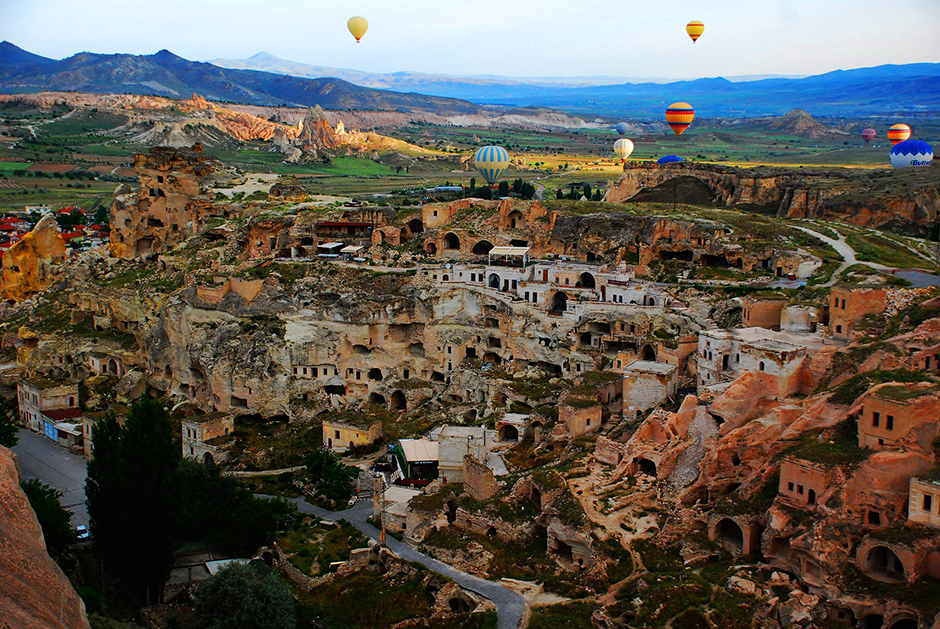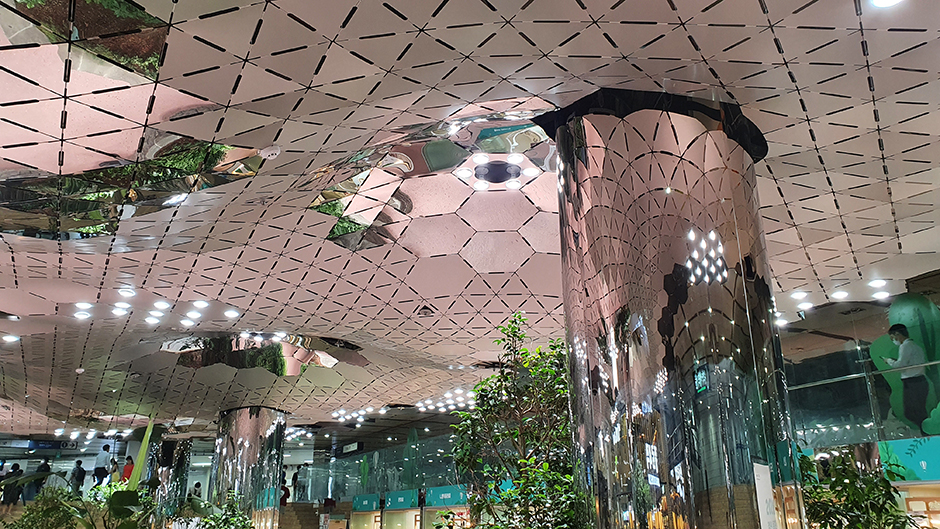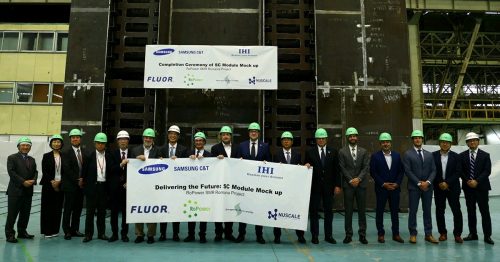Humankind has long had a fascination with living and moving underground. It’s not surprising, perhaps, since early humans lived in caves and dugouts before they learned to cooperate and construct free-standing shelters. Perhaps this ancestral experience has left its mark on our imaginations. Dante, Jules Verne, H.G. Wells, Lewis Carroll, CS Lewis & J.R.R. Tolkien: all these authors have written fiction in subterranean settings.
Even after people learned to build aboveground, there were times and places where it made sense to stay below it. The UNESCO World Heritage site in Cappadocia in central Turkey holds several underground cities dug into the soft volcanic rock during prehistoric times. Much more recently, the residents of the opal mining town of Coober Pedy in South Australia’s hot desert found that old mines could be turned into living spaces with better climate control than those aboveground.
In Montreal, famous for its long, cold and windy winters, an “underground city” has been built in stages from 1962. Thirty-two kilometers of tunnels now cover more than 41 city blocks. While there aren’t actual residences to be found there, more than 500,000 people each day use it for working, shopping, dining, or just moving from one place to another.
Similarly, Finland’s Helsinki knows cold winters and has a underground master plan that catalogs everything that already exists – subterranean swimming pool, church, gallery, go-kart track – as well as future plans. Let’s see what else is happening below our feet around the world.
Moving around underground
As cities continue to grow, they become more congested. Driving into, within, and out of a city often becomes logistically difficult. One solution that many cities turn to is increasing underground transportation, both public and private.
Underground construction has never been an easy task. Now, thanks to Building Information Modeling (BIM) that enables engineers to plan in three dimensions, it is easier to foresee obstacles. Samsung C&T’s Engineering & Construction Group has participated in several underground transportation construction projects that utilized the best available technologies, including BIM.
Seoul, Korea is well known for its extensive system of subway trains known as the Seoul Metro. In the last two decades, Samsung C&T has constructed extensions to lines 3, 7 and 9, both the rail sections and the new stations.
The world’s only island city-state Singapore is always looking for ways to more efficiently use the limited amount of land that is available. To contribute, Samsung C&T added to the Singapore Mass Rapid Transit (MRT) subway system, building part of the Thomson Line and the Downtown Line. In the area of roadworks, Samsung C&T constructed two underground sections of the Marina Coastal Expressway, and it has secured contracts to build two further underground highways, including Singapore’s first double-decker underground expressway.
Meanwhile, in Sydney Australia, Samsung C&T has participated in the WestConnex Project, involving 33 km of underground motorway.
Studying and even sleeping underground
People generally picture modern buildings as reaching upwards. But in some circumstances, a case can be made for constructing below ground either to preserve an aboveground environment or to take advantage of a unique landscape.
Ewha Womans University in Korea has a long history and a beautiful campus. When the school built the new Ewha Campus Complex (ECC), it chose a design by award-winning French architect Dominique Perrault that would preserve as much as possible the aesthetic of the campus. Instead of a new tower block, the resulting structure, brought to reality by Samsung C&T, is mostly belowground with a wide walkway through the middle. Housing study halls, lecture theaters, exhibition spaces, and a bookstore, the ECC is also energy efficient, with groundwater used in its heating and cooling system and huge curtain walls of windows to let in natural light.
Taking advantage of the terrain of a disused quarry in its design as the world’s deepest hotel, the InterContinental Shanghai Wonderland opened in China in 2018. The resort clings to the face of a giant pit dug into the earth, at the bottom of which lies a giant lake where guests can enjoy water sports. When approaching the hotel from ground level, only the top 2 floors are visible, meaning that an elevator ride down is needed to find the guest rooms.
In Paris, France, a former underground parking lot has been reborn as a subterranean market garden. La Caverne, the French capital’s first underground organic farm, grows mushrooms and chicory (also known as Belgian endive), two things that do not require sunlight. The collective that operates the farm aims to be not just organic but as carbon neutral as possible and sells its produce locally to individuals and restaurants.
There is a lot more happening beneath our feet than we can imagine. Humans are moving around underground, working, shopping, living, studying, sleeping, and growing things. As we seek to maximize usable space within increasingly crowded cities, it seems that the future may lie below us.











